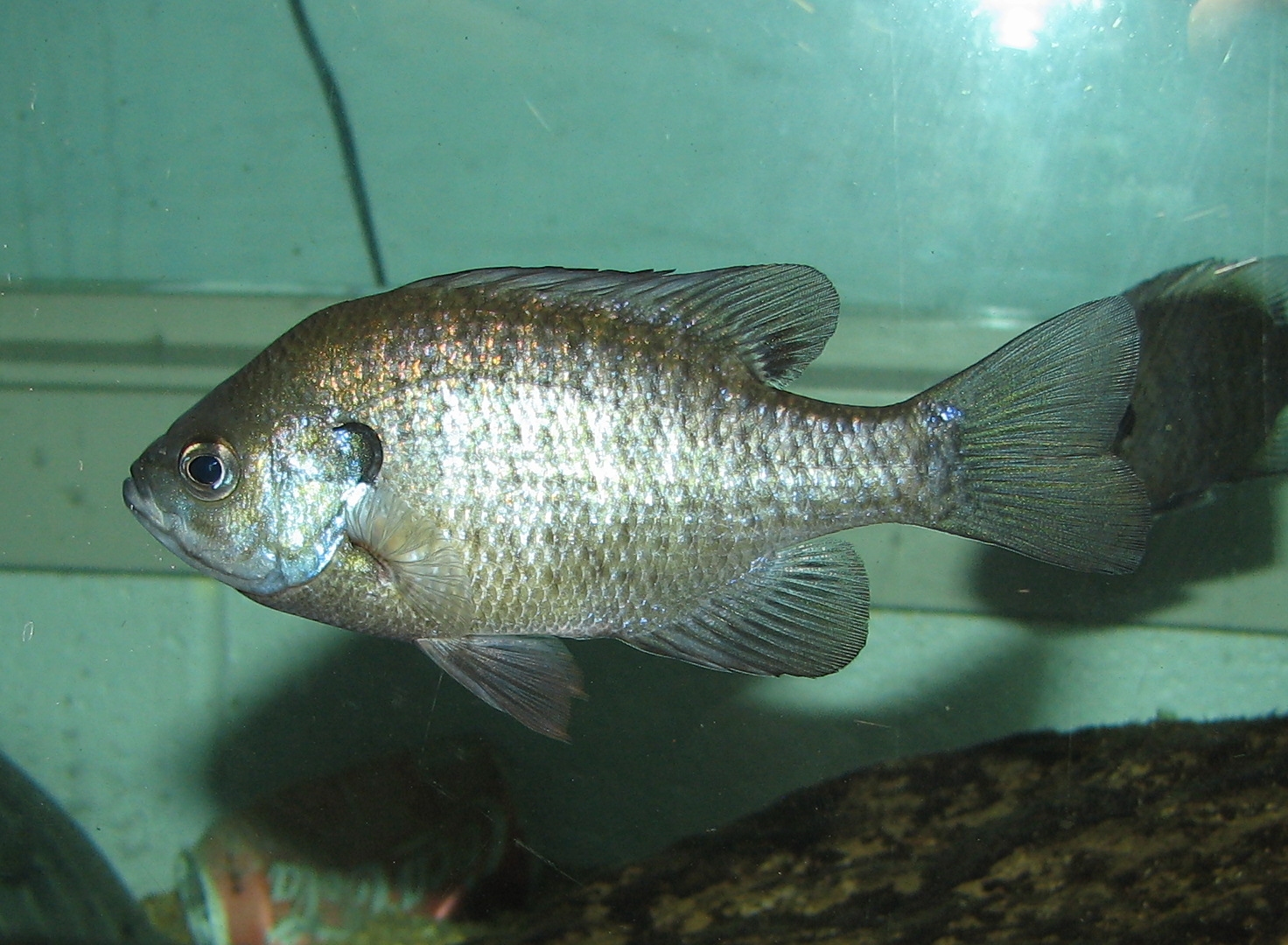8.0 Introduction
What can we learn from nature about Variation in Sex and Gender?
What does it mean to be female or male?
The white-throated sparrow (Zonotrichia albicollis) is an easily overlooked little bird. It sings a simple song and is not too flashy; its main distinguishing features are the white and black or tan and black stripes on its head (Figure 8.1). However, scientists who have watched this bird’s behavior and observed its chromosomes have learned fascinating information about this little bird that gives us insight into sex, gender, and the evolution of sex chromosomes.
Take a look at Figure 8.1. Which image do you think depicts a female bird? Male?

Many of us associate bright color with being male. However, the above was a “trick” question because in this species there are white-striped males and females as well as tan-striped males and females! This means we can’t determine sex by looking at coloring in this species.
Even more interesting, there are consistent behavioral differences between the white- and tan-striped morphs.
White-striped females and males seek out many sexual partners (i.e. they are promiscuous) and feed their nestling less often. Both males and females are more likely to intrude on another bird’s territory and respond to intrusion in their territory with higher song rates.
Tan-striped females and males mate only with their partner (i.e. they are monogamous), are unlikely to engage in territory intrusion, fiercely defend their nests and feed their nestlings more often.
To add a layer of complexity, the white-striped color morphs of both sexes mate almost exclusively with the tan-striped color morphs of the other sex. Do these birds have 4 sexes within one species? Or 2 sexes, but 4 genders? What is sex and gender?

Bluegill sunfish (Lepomis macrochirus) have three varieties of males and one variety of female. [4]
Large males aggressively defend their territories, which are crowded near each other. Large males must defend their space from neighbors about once every three minutes. While aggression is primarily aimed at other males, it is sometimes directed at females in their territory.
Small males hover at the periphery of a territory. Since a female’s eggs are viable in the lake water for an hour, while sperm for only a minute, the small male will dart in to quickly release sperm over eggs. Large males attempt to keep small males away, but there are more small males than large males (about 7 to 1).
The above scenario is not unusual in animals. It is the medium males, the third male type, that surprised scientists. Medium males will enter a large male’s territory and the two will begin a courtship. This results in the medium male sharing the large male’s territory. The medium male will position himself between the large male and female. As the female releases eggs, both males fertilize them. You may be wondering, why would a large male allow this medium male into his territory?! While there are multiple hypotheses being tested, it is possible that the medium male provides reassurance to the female that the large male will not attack her. The position of the medium male in the middle may protect the female from harassment.
Does the Bluegill sunfish have 4 sexes? Or, does it have 2 sexes, but 4 genders? Again, what is sex and gender?
From these examples it is clear that we need biological definitions of sex and gender. These definitions are especially challenging because the terms sex and gender are often used interchangeably by biologists and non-biologists alike. For this course, we will keep them distinct and will not mix them together. (Please let us know if we make any mistakes!)
Simply, sex is the distinction between male and female that has to do with biology and anatomy. Males produce the smaller gametes (sperm), while females produce the larger gametes (eggs). In humans, sex usually refers to the sex a person was assigned at birth. We will explore why gamete size is the best criterion for sex within this chapter.
Gender is determined by personal identity and is therefore more of a sociological concept than a biological one. A person’s gender is simply the gender they feel they are. Gender is often influenced by sex, but not in a simple way. People may also be non-binary, genderfluid, two-spirit, or hold other identities. Society determines the criteria for “man” and “woman” and these criteria can change over time. After all, at one time heels, wigs, tights, and makeup were considered the peak of what it meant to be a man as evidenced by King Louis XIV in Figure 8.3.
Whether the concept of gender applies to non-human organisms is an unanswered question. The gender identity of, for example, a spider would be impossible to determine without being able to ask them.

More on gender at the end of the chapter!
CAUTION: In this chapter we will explore the biology of sex and gender in humans and other organisms. Please note that scientists’ understanding of gender is in its infancy. Many of the ideas in this chapter may be outdated in 10 years. Our goal is to establish a shared vocabulary around sex and gender, and to give you a snapshot of this rapidly growing body of knowledge.
- Image "Zonotrichia albicollis CT1" by Cephas. Shared with CC-BY-SA 3.0 license. ↵
- Image "White Throat" by Cotinis. Shared with CC-BY-NC 2.0 license. ↵
- Image "Bluegill" by Trisha Shears. Shared with CC-BY-SA 3.0 license. ↵
- Roughgarden, J. (2013) Evolution’s Rainbow: Diversity, Gender, and Sexuality in Nature and People. University of California Press, Berkeley. p. 78-81. ↵
- Image "Louis XIV Rigaud Condé Chantilly" by Hyacinthe Rigaud ↵

